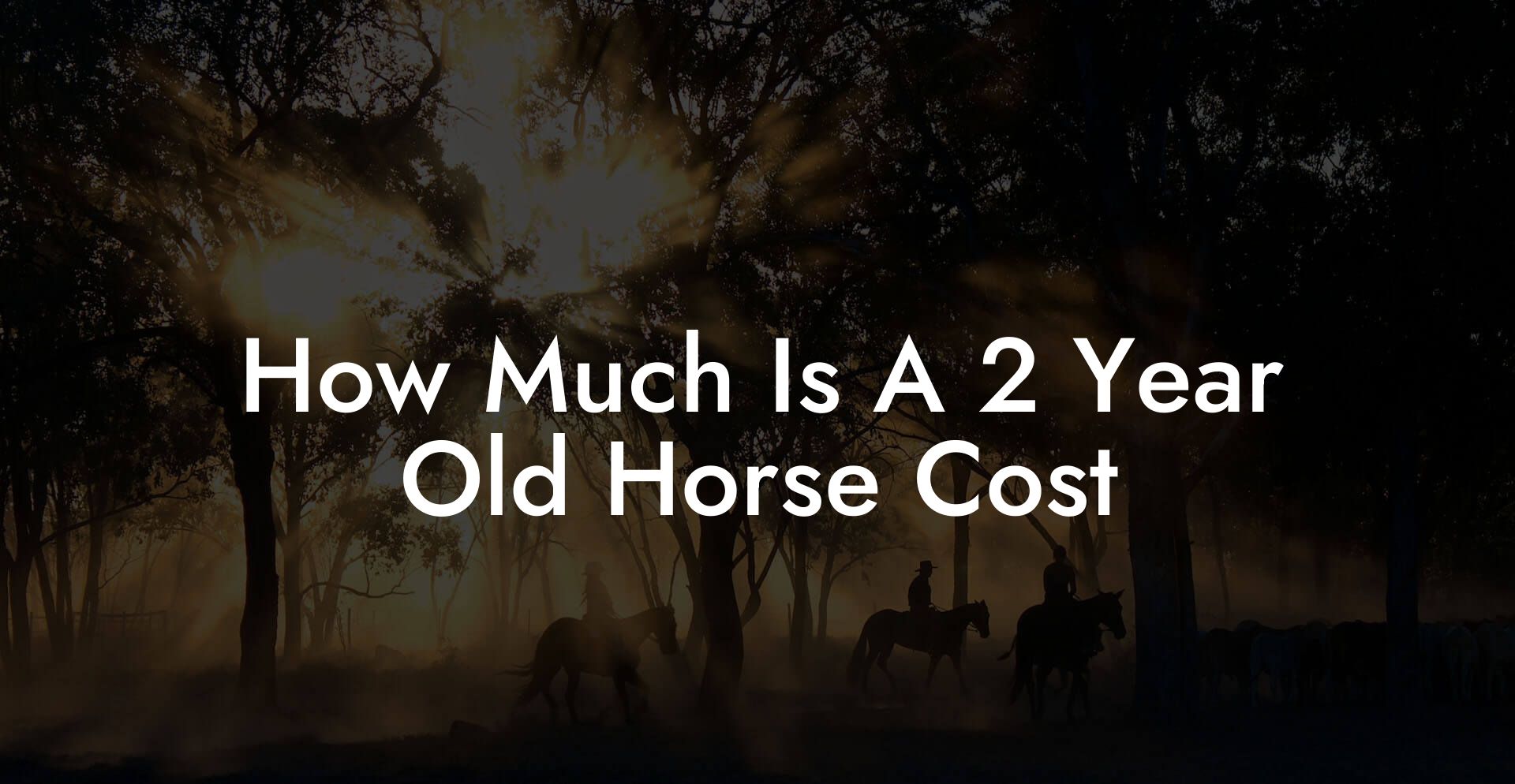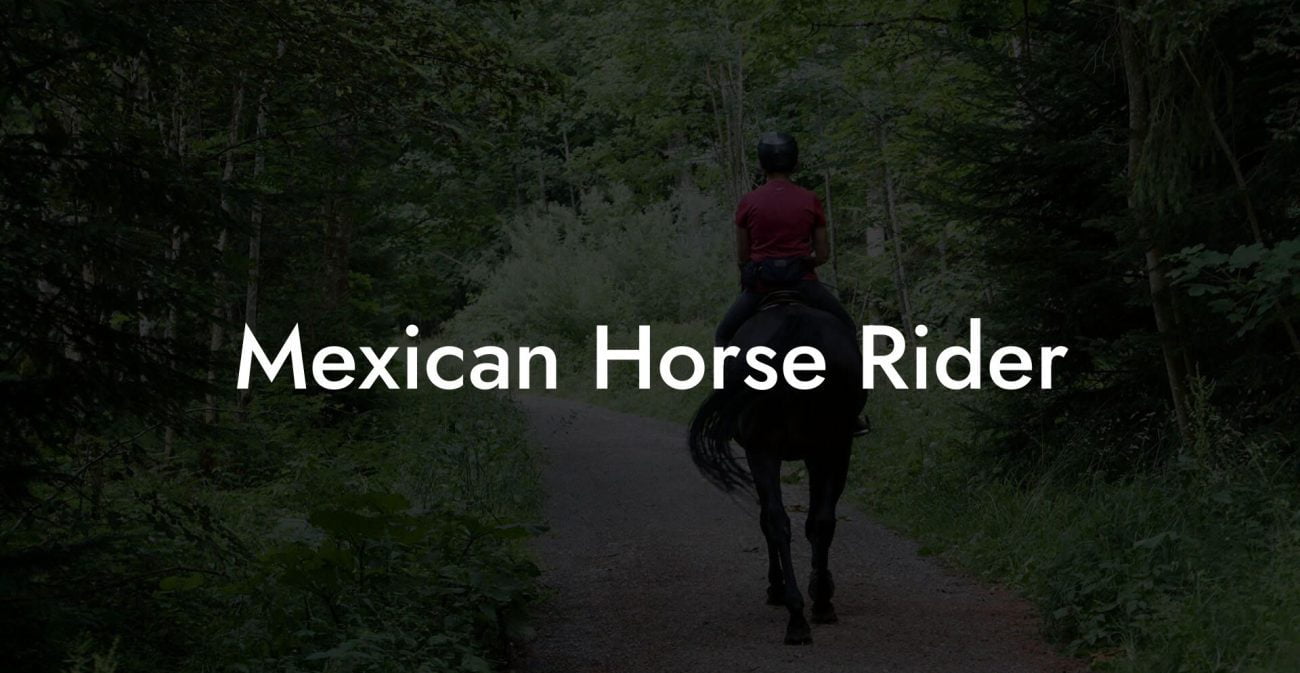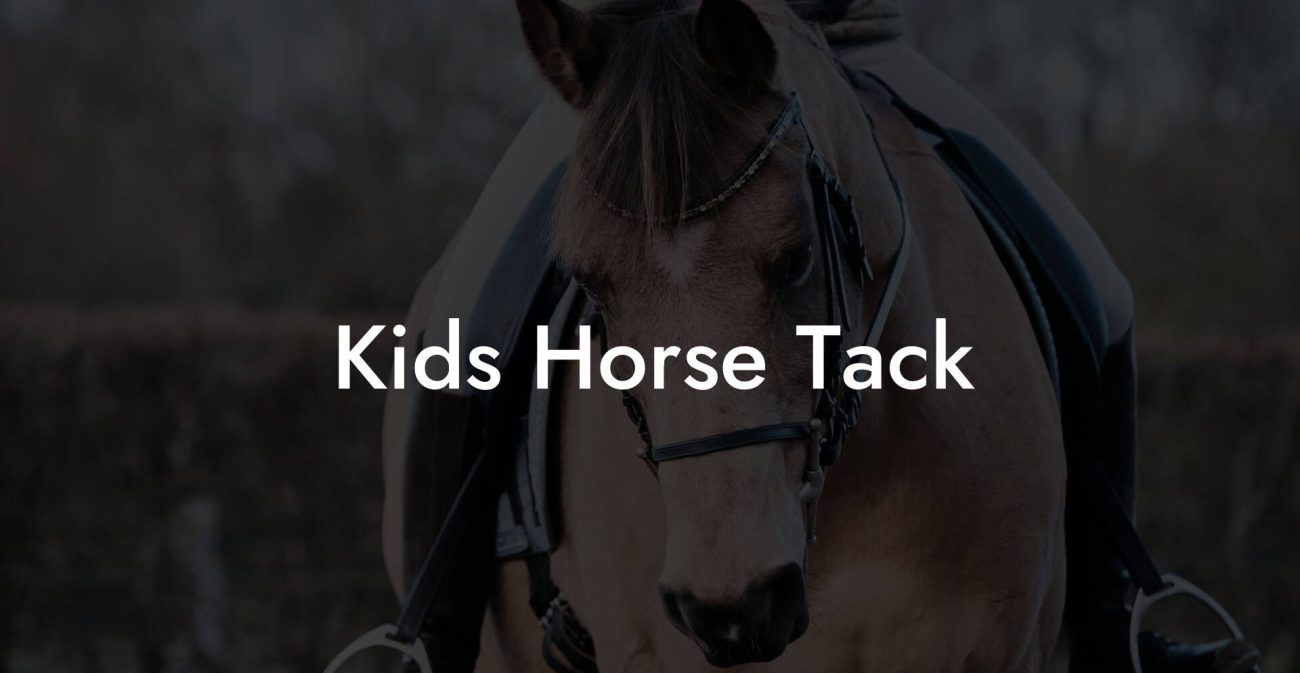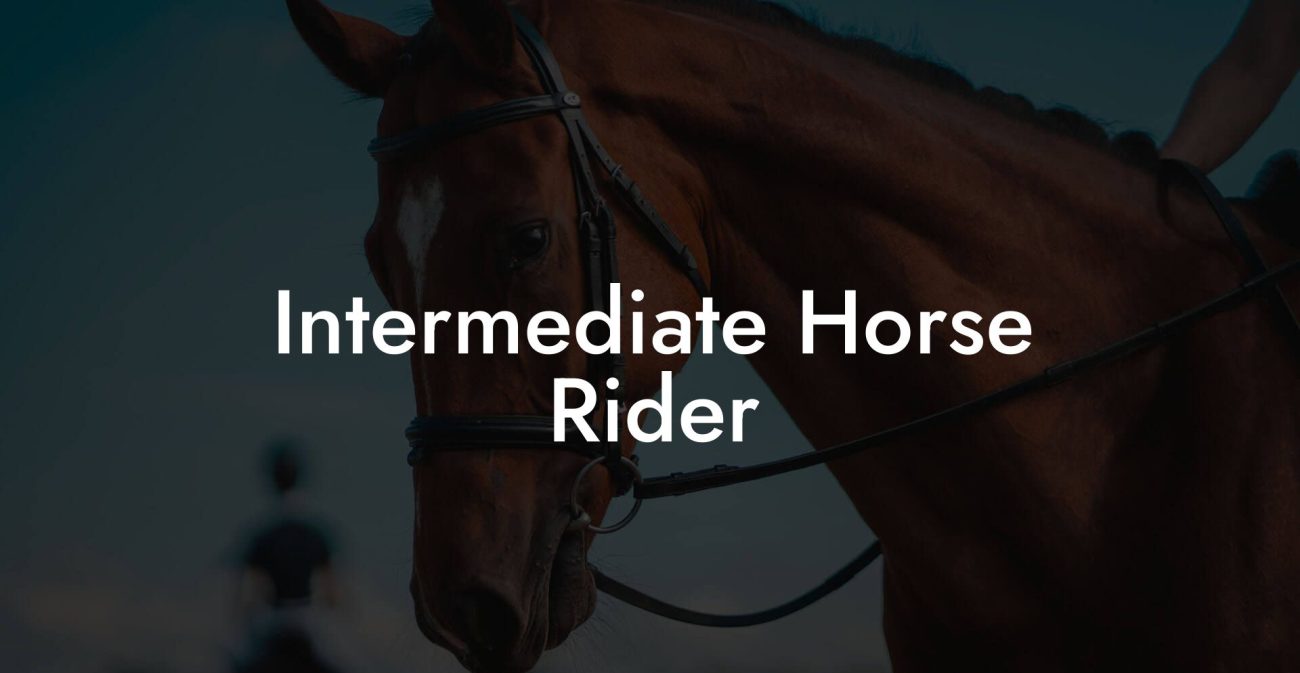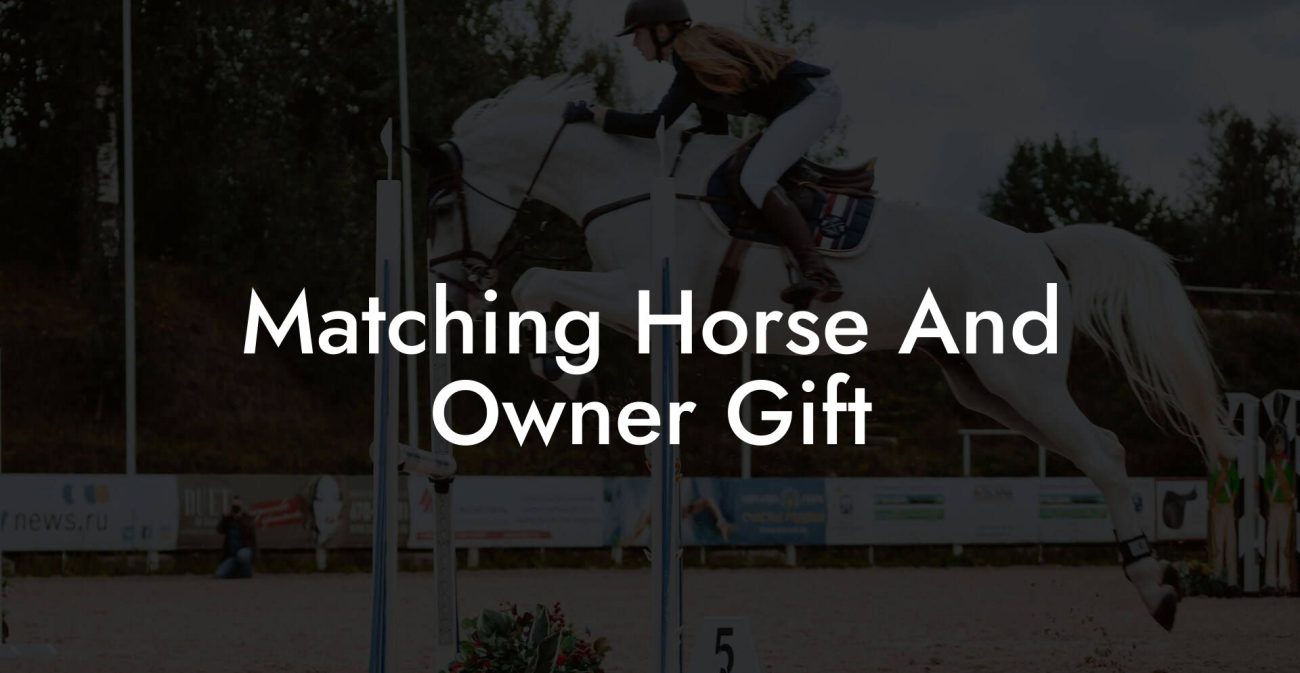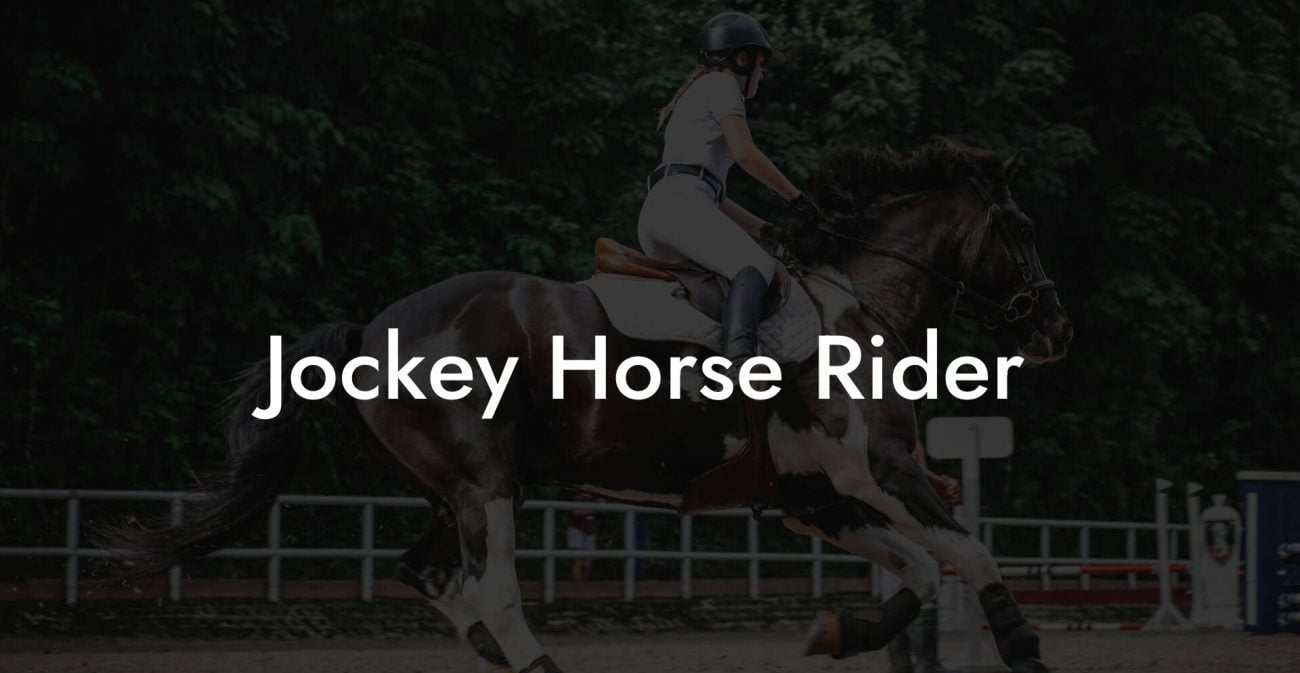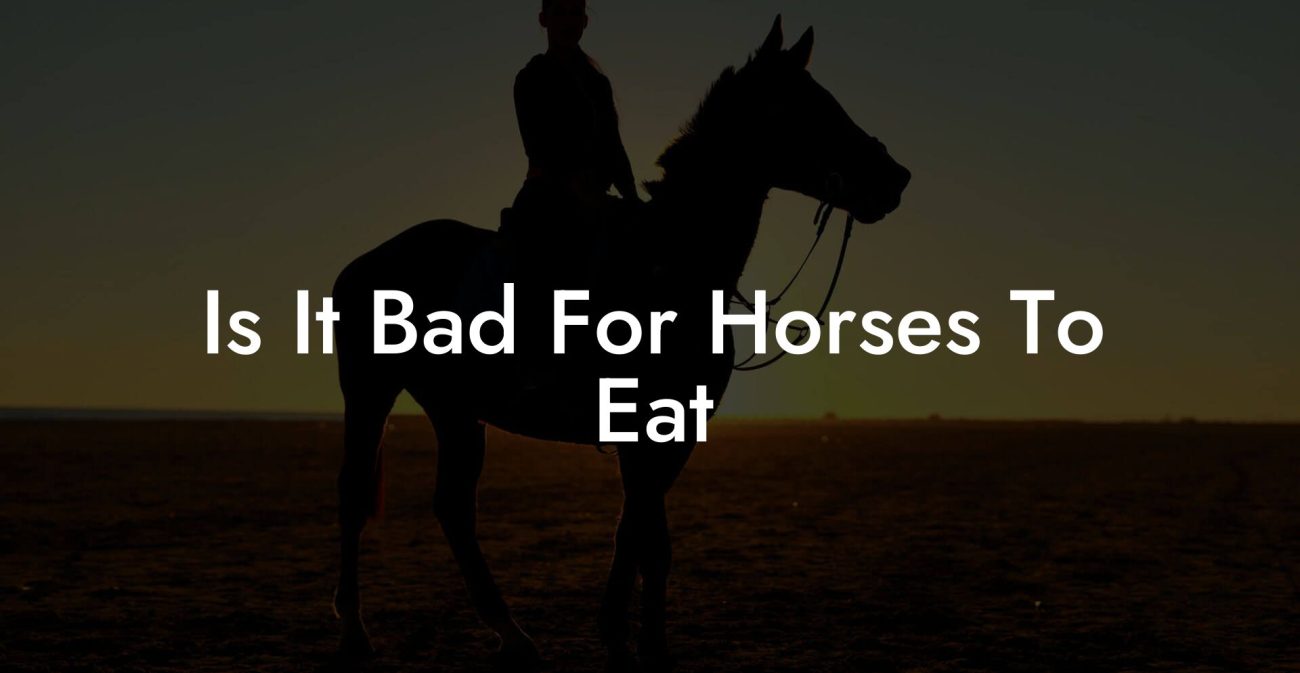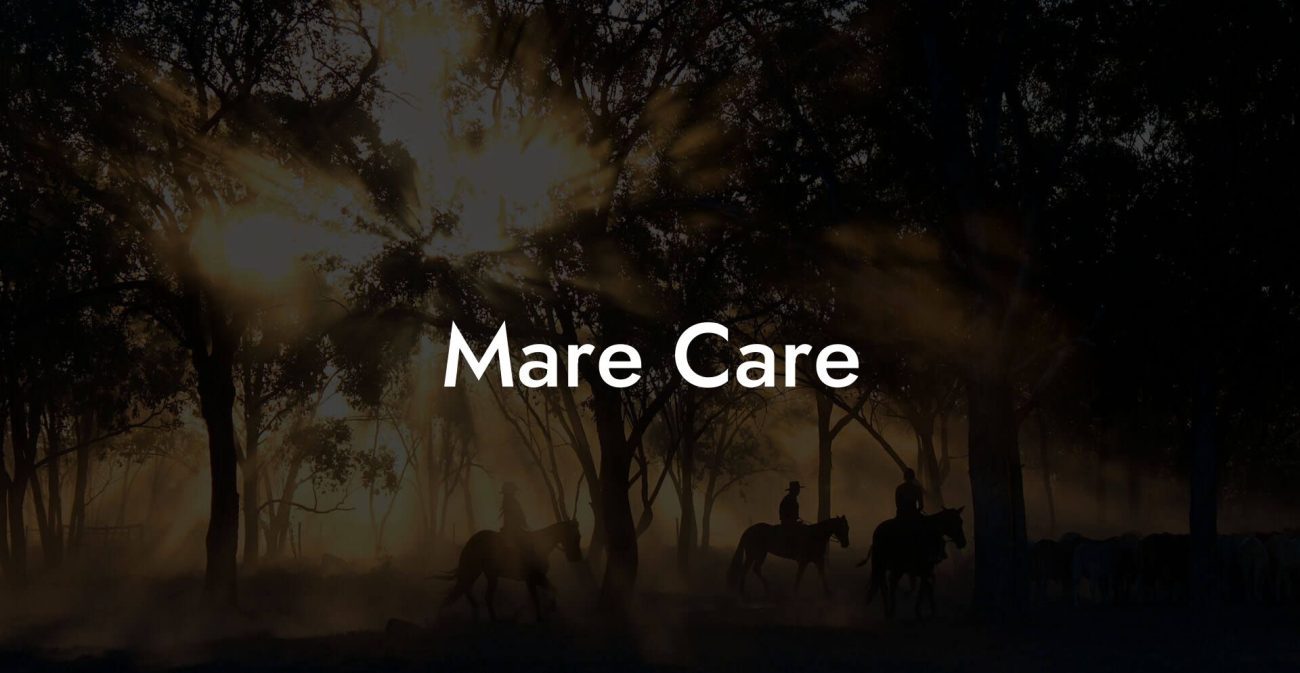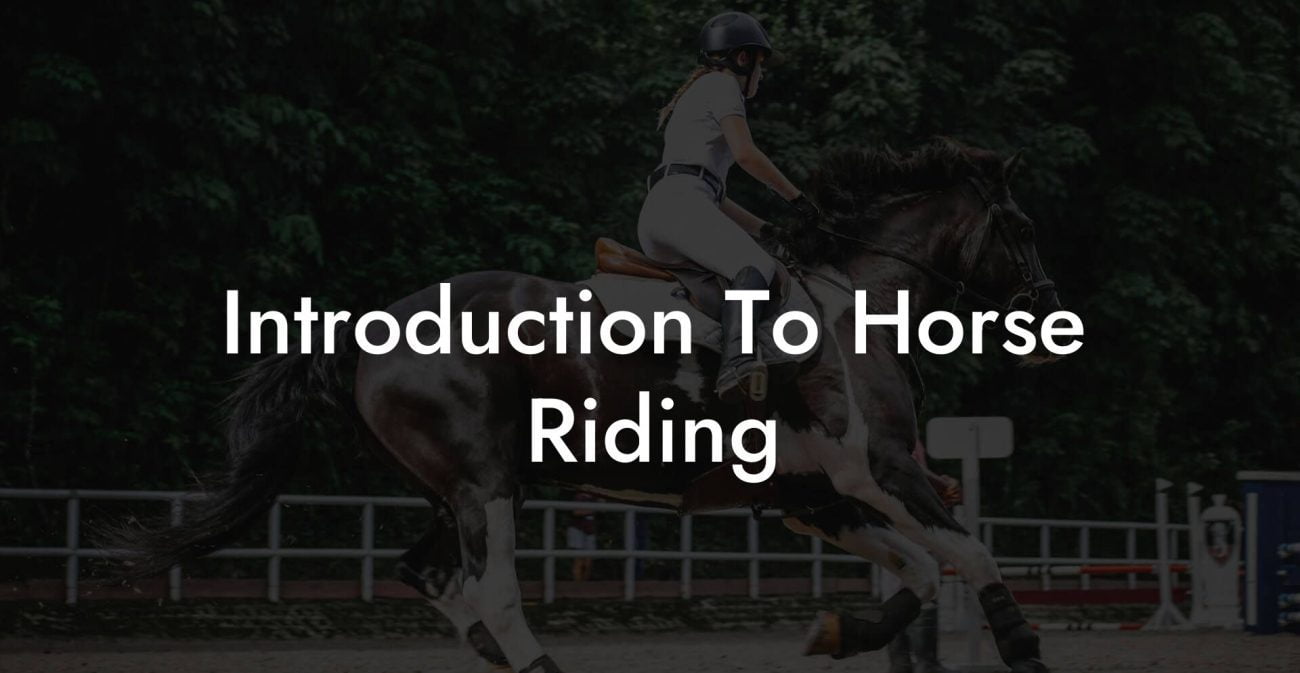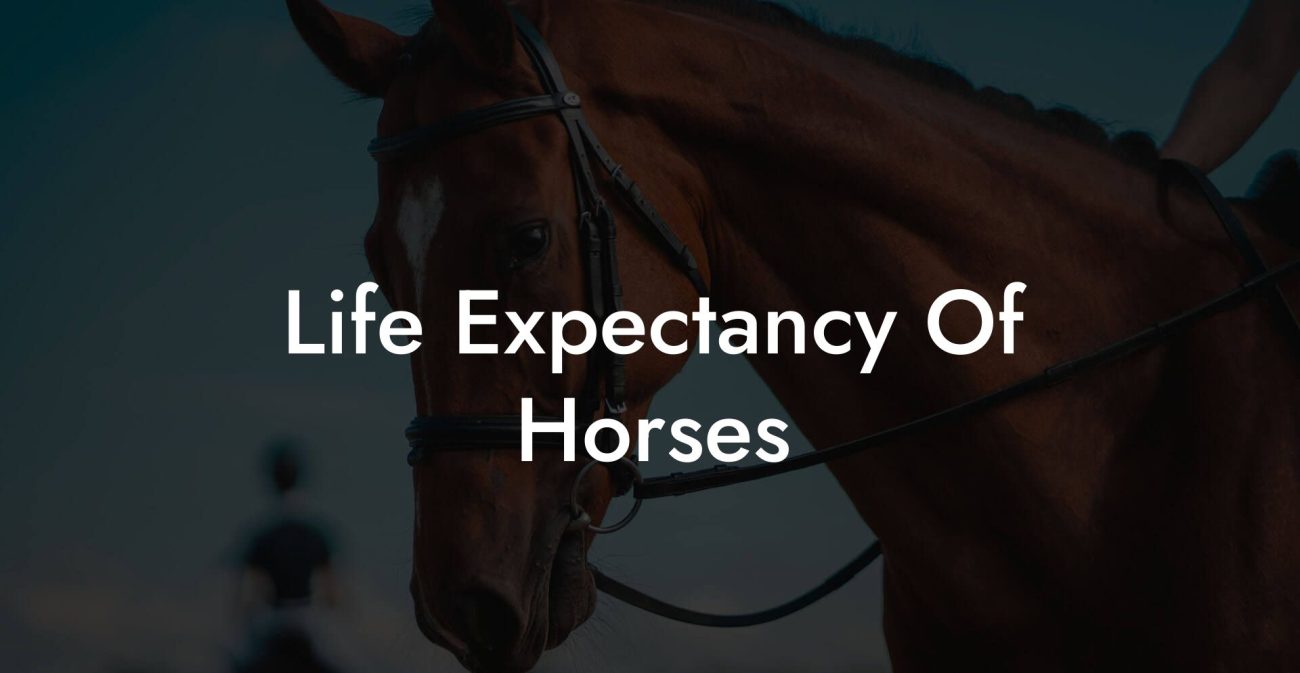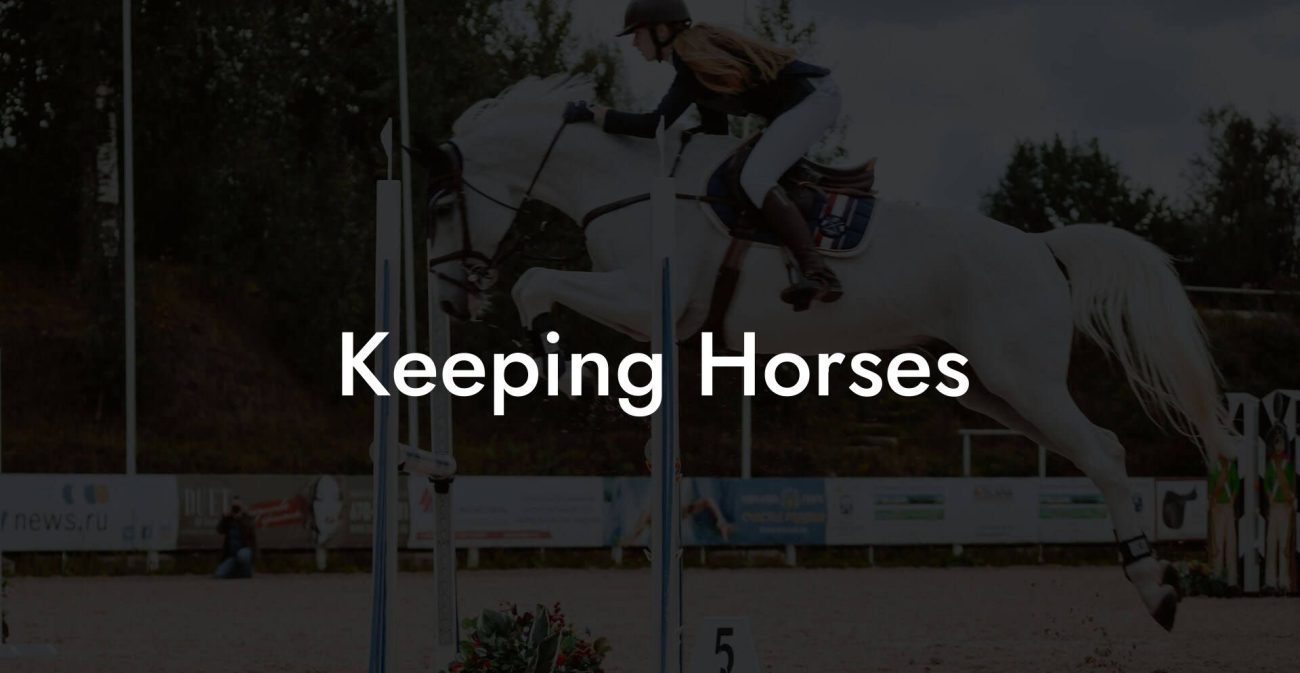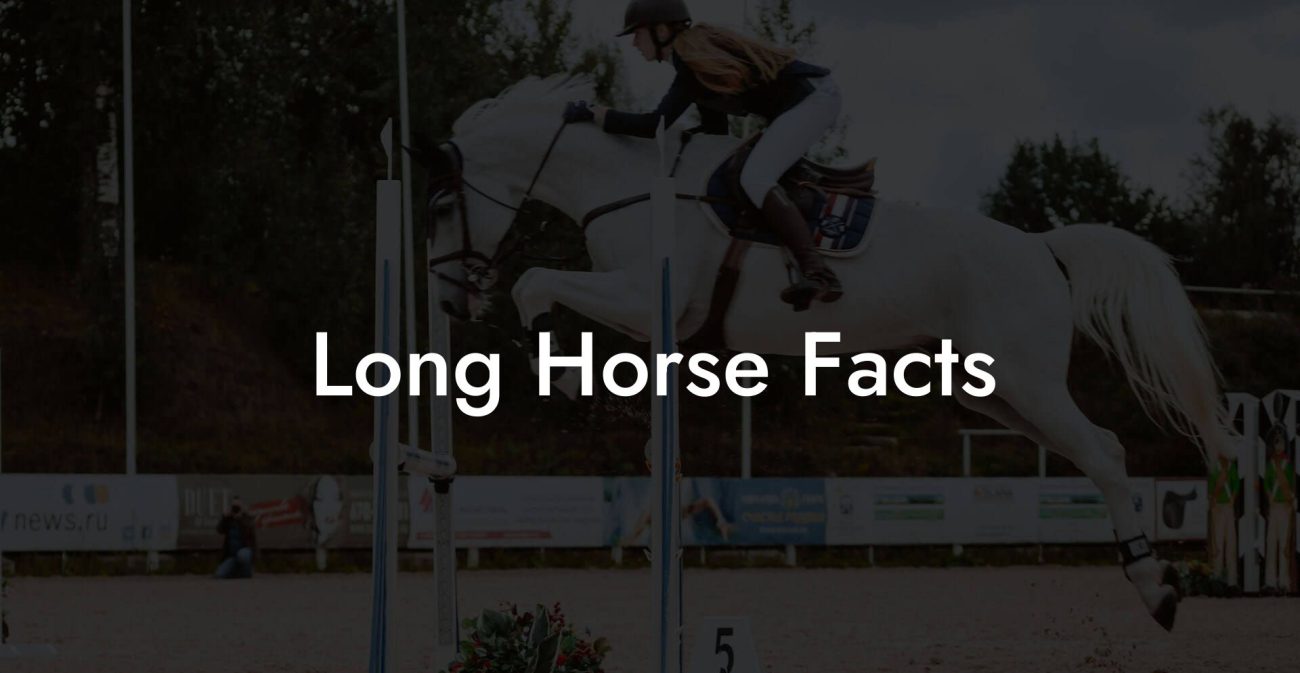Ever wondered how much it actually costs to bring a vibrant 2-year-old horse into your life? Buckle up, because we’re diving headfirst into the world of equine ownership with a splash of humor and a sprinkle of savvy financial tips, perfect for the modern Gen Z and millennial equestrian enthusiast. Whether you’re dreaming of sun-kissed trails and Instagram-worthy riding posts or simply planning a future filled with horse kisses and stable adventures, understanding the true cost of your equine companion is essential. Let’s break it all down and gallop into the nitty-gritty details of horse care, budgeting, and the real price of passion.
Quick Links to Useful Sections
- Understanding the True Cost of a 2-Year-Old Horse
- Breakdown of Expenses: Beyond the Price Tag
- Initial Purchase Price & Its Variables
- Ongoing Costs: Feed, Shelter, and Healthcare
- Additional Considerations and Hidden Costs
- Market Trends and Factors Influencing the Cost of a 2-Year-Old Horse
- Supply and Demand Dynamics
- Breed Specifics and Genetic Lineage
- Training and Early Development
- Economic Factors and Seasonal Considerations
- Financing Your Dream: Budgeting Tips and Strategies for Horse Care
- Establishing a Comprehensive Budget
- Exploring Financing Options
- Cost-Saving Strategies for Long-Term Care
- Horse Ownership 101: Maintenance, Feeding, and Holistic Care
- Feeding Strategies for Optimum Health
- Maintaining Optimal Health Through Regular Care
- The Role of Preventative Care and Regular Maintenance
- Essential Tips for Millennial & Gen-Z Horse Owners
- Leveraging Technology for Better Care
- Engage with Online Equestrian Communities
- Eco-Friendly and Ethical Horse Ownership
- Stay Educated and Informed
- Resources and Community Support: Your Next Steps
- Horse Price & Care FAQs: Your Questions Answered
- Your Journey to Empowered Equine Ownership
Understanding the True Cost of a 2-Year-Old Horse
When it comes to buying a 2-year-old horse, the sticker price isn’t the only number you need to worry about. This is the age when your horse is transitioning from a playful youngster to a promising equine companion, ripe with potential, energy, and yes, a few surprises along the way. Whether you’re eyeing a sprightly Thoroughbred, a sturdy Quarter Horse, or a rare and beautiful Warmblood, market trends, breed, and training history all factor into the investment.
At first glance, you might see listings ranging from a few thousand dollars to tens of thousands, but remember: the price tag often reflects more than just the horse. It encapsulates factors like breeding pedigree, performance potential, early training efforts, and sometimes even the horse’s social media appeal. In today’s digital age, even horses are rocking their own online followings, a clever nod to our times!
In essence, the cost of a 2-year-old horse is as dynamic as the animal itself. It’s about balancing initial investment with future care, training, and overall lifestyle alignment. This comprehensive guide is designed to help you navigate these murky waters, ensuring that your passion for horse riding and care remains as vibrant as the horse you choose.
Breakdown of Expenses: Beyond the Price Tag
Sure, the purchase price is your headline expense, but the deep, underlying story of equine ownership is filled with recurring costs and unexpected expenditures. Let’s gallop through the various financial checkpoints you need to map out before making your prospect a permanent member of your herd.
Initial Purchase Price & Its Variables
The purchase price of a 2-year-old horse hinges on several variables:
- Breed and Pedigree: Horses from reputable bloodlines or competitive backgrounds typically command higher prices.
- Training and Temperament: Has your prospective horse attended any basic training sessions? A well-mannered, ground-trained horse could cost a premium.
- Location & Market Trends: Where you’re buying can impact the price, urban areas and specialized barns may have different pricing models compared to rural settings.
At times, you might find a seemingly bargain-priced beauty, but carefully consider the background and potential hidden costs. Sometimes, that lower price might mean additional training or extra health care expenses down the road.
Ongoing Costs: Feed, Shelter, and Healthcare
Once the purchase is complete, the ongoing expenses begin. Here’s an overview:
- Feed and nutrition: A balanced diet is essential. Quality hay, grain supplements, and occasional treats all add up, and you’ll need to budget for seasonal shifts in nutritional needs.
- Stable and Shelter: Whether you’re boarding your horse or building your own haven, stable fees, maintenance, and occasional renovations must be factored in.
- Healthcare and Vet Visits: Routine vaccinations, dental care, and emergency funds for unexpected injuries are part and parcel of responsible ownership.
- Farrier Services: Regular hoof care is not optional, it’s an integral part of keeping your horse healthy and happy.
- Insurance and Registration: Many dedicated owners opt for equine insurance to cushion unexpected costs, plus registrations if your horse is to be entered in competitive events.
These recurring expenses, sometimes underestimated by first-time buyers, underscore that maintaining a horse isn’t merely a one-time purchase, it’s a long-term commitment woven with both love and responsible budgeting.
Additional Considerations and Hidden Costs
Beyond the obvious, there are several “hidden” costs that often catch new equine enthusiasts off guard:
- Training and Lesson Fees: Especially for a young horse, you’ll likely invest in additional training to fine-tune its behavior and expand its skill set.
- equipment: Saddles, bridles, grooming kits, and safety gear, these tools are your tickets to a smooth and enjoyable riding experience and can be pricey, particularly if you opt for quality brands.
- Transport and Travel: Whether it’s for vet visits, competitions, or leisurely trail rides, transportation costs can creep up on you. A reliable trailer and sometimes even professional transport services are necessary.
- Boarding Fees: If you don’t have your own stable, boarding fees vary widely depending on the facility. Consider not just the space, but also the quality of care provided.
When budgeting for your four-legged friend, it’s vital to have a buffer for these unpredictable expenses. Think of it as preparing for an equine adventure where every twist and turn might demand a little extra in your wallet.
Market Trends and Factors Influencing the Cost of a 2-Year-Old Horse
The equine market is as dynamic as the horses within it. Several factors come into play that might cause fluctuations in the cost of a 2-year-old horse:
Supply and Demand Dynamics
Like any market, the basic economic principle of supply and demand affects horse prices. In areas where quality horses are scarce, prices naturally trend higher, while regions with a surplus may offer more competitive deals. This variation means that diligent research on regional trends can help you snag the perfect horse at just the right price.
Breed Specifics and Genetic Lineage
The breed of the horse significantly influences its price. For instance, a 2-year-old Thoroughbred with a stellar pedigree might command top dollar, while a versatile Quarter Horse might straddle a different price range. Additionally, factors such as conformation (body structure and movement) and genetic predispositions toward athleticism or temperament play an essential role.
Training and Early Development
A horse’s early training is not just about handling, it’s an indicator of potential. A well-trained 2-year-old, even if still in the early stages, might be priced higher due to its promise as a competitor or a well-behaved companion. Conversely, a horse with minimal training might be more budget-friendly initially, but could require a significant investment post-purchase.
Economic Factors and Seasonal Considerations
External economic factors such as inflation, recessions, and changes in agricultural policies can indirectly affect horse prices. Moreover, seasonal demand fluctuations, particularly in competitive riding and breeding seasons, can temporarily spike prices, so timing might be as strategic as it is serendipitous.
Keeping an eye on these market trends, joining online equine forums, and consulting knowledgeable breeders can equip you with the insights needed to make a savvy purchase.
Financing Your Dream: Budgeting Tips and Strategies for Horse Care
Financing a horse is not for the faint-hearted. It’s a blend of upfront costs, ongoing expenditures, and a dash of financial foresight. Before you dive into the equine market, it’s crucial to create a robust budgeting strategy.
Establishing a Comprehensive Budget
Start by outlining every expected expense, from the initial purchase price right down to the daily feed costs and farrier visits. A detailed budget helps you visualize the financial flow of horse care and prevents nasty surprises later.
Key budget components include:
- Purchase price of the horse
- Stable or boarding fees
- Routine healthcare, including vaccinations and check-ups
- Nutritional costs and supplements
- Training sessions and equipment
- Emergency funds for unforeseen health issues or accidents
Exploring Financing Options
If your dream horse’s price tag is slightly out of reach, consider exploring financing options. Many equestrian centers and breeding farms offer payment plans or financing through specialized lenders. These options allow you to spread the cost over time, turning what may seem like an intimidating upfront expense into manageable monthly payments.
Additionally, some banks and credit unions have tailored loans for livestock. Always compare interest rates, terms, and the fine print to ensure you find a plan that aligns with your personal financial strategy.
Cost-Saving Strategies for Long-Term Care
Once you’ve got your horse, smart cost-saving measures can help ease the financial burden. Consider:
- Preventative Healthcare: Regular check-ups and proactive care can stave off expensive emergencies.
- Group Training Sessions: Many stables offer group lessons, which can be more economical than private sessions.
- DIY Equipment Maintenance: With a little research, you can handle some grooming and maintenance tasks yourself, saving on service fees.
- Local Cooperative Boarding: Sharing boarding facilities with other horse owners might reduce overall costs and build community connections.
Creating a realistic budget and exploring financing avenues early on means you can confidently invest in your equine companion without compromising your financial health.
Horse Ownership 101: Maintenance, Feeding, and Holistic Care
Owning a horse is much like nurturing a high-maintenance yet deeply rewarding relationship. It’s part passion project, part financial commitment, and thirty percent pure adrenaline. Understanding the fundamentals of horse care ensures that your 2-year-old companion thrives both physically and emotionally.
Feeding Strategies for Optimum Health
Nutrition is the cornerstone of equine well-being. A balanced diet consists of:
- Quality Forage: Hay is the primary food source. Depending on your region, the quality and availability of hay can vary.
- Grains and Concentrates: These may be necessary depending on your horse’s activity level but should be given in moderation.
- Supplements: Vitamins, minerals, and joint supplements can help support rapid growth and maintain muscle tone, especially in a growing 2-year-old horse.
- Clean, Fresh Water: Hydration is non-negotiable. Ensure your stable always has a reliable source of clean water.
Tailoring your horse’s diet not only supports their physical growth but also bolsters their overall energy levels for training and play.
Maintaining Optimal Health Through Regular Care
Beyond diet, the regular care needed to keep your horse in prime condition includes:
- Routine Veterinary Check-ups: Scheduled visits help catch potential issues early, from dental problems to musculoskeletal concerns.
- Farrier Visits: Regular hoof care is essential, not only does it maintain comfort, but it also prevents long-term hoof damage.
- Grooming Regimens: A well-groomed horse is a happy horse. Grooming sessions foster bonding and early detection of skin issues or injuries.
- Safe Exercise: Daily exercise, whether it be riding, turnout, or simple ground work, helps maintain muscle tone and mental acuity.
Consistency in these routines ensures that your horse stays healthy, responsive, and ready to tackle new challenges, keeping both of you in sync for every adventure that lies ahead.
The Role of Preventative Care and Regular Maintenance
Investing in preventative care is not just smart, it’s a long-term saving strategy. Regular checkups, balanced diets, and proper training help reduce the risk of severe injuries or illnesses, keeping both the horse and your wallet in better shape. Think of it as routine tune-ups for your car; a well-maintained horse can keep galloping for years to come.
Essential Tips for Millennial & Gen-Z Horse Owners
Welcome to a new era of horse ownership where digital savvy meets traditional barnyard charm. For the modern equestrian, owning a horse is more than just a hobby, it’s a lifestyle blending Instagram-worthy moments with real-world responsibilities. Here are some essential tips tailored to your generation:
Leveraging Technology for Better Care
In today’s connected world, there’s an app for almost every aspect of life, including horse care. Invest in apps that track your horse’s health, feeding schedules, and training progress. These digital tools allow you to set reminders for vet appointments, monitor your horse’s exercise routines, and even connect with online communities for advice and support.
Engage with Online Equestrian Communities
Social media isn’t just for memes and viral dances, it’s the perfect place to find a tribe of fellow horse enthusiasts. Platforms like Instagram, TikTok, and Facebook host vibrant communities where you can share experiences, ask questions, and discover innovative training techniques. These networks can provide both moral support and practical advice, ensuring that you’re never riding solo on your equine journey.
Eco-Friendly and Ethical Horse Ownership
Millennials and Gen-Z are known for their passion for sustainability and ethical practices. Embrace eco-friendly strategies in maintaining your stable, think solar-powered barn lights, sustainable feed options, and waste management practices that reduce your environmental footprint. This commitment not only helps the planet but also attracts like-minded individuals into your circle of horse-loving friends.
Stay Educated and Informed
The equine world is ever-evolving, with new research, training techniques, and care strategies emerging regularly. Follow trusted blogs, subscribe to equestrian newsletters, and attend webinars and local workshops. By staying informed, you ensure that you’re providing your horse with the best care possible, and who knows, you might even set new trends in the process!
These tips are all part of a broader, holistic approach to horse ownership that’s perfectly in tune with modern values: technology-driven, community-focused, and sustainably minded.
Resources and Community Support: Your Next Steps
Embarking on the journey of horse ownership can be as exhilarating as it is challenging, but remember: you’re not in this alone. There are countless resources and communities available to support you every step of the way.
Online Communities & Forums: Platforms such as The Horse Forum, Reddit’s r/equestrian, and specialized Facebook groups provide spaces where you can ask questions, share success stories, and get real-time advice from seasoned owners who have been in your boots (or riding boots!).
Local Equestrian Clubs: Whether you’re based in a bustling city or a quiet rural area, local clubs and riding associations offer hands-on guidance, training sessions, and social events. These clubs also often host clinics and seminars, providing a treasure trove of knowledge straight from experts familiar with local market trends and stable management practices.
Educational Resources: Websites like The Horse, Equine World UK, and various YouTube channels are jam-packed with tutorials, webinars, and success stories. These resources can help you deepen your understanding of horse care, from nutrition and training to preventive healthcare, ensuring that you’re always one step ahead in your equine adventures.
Veterinary and Specialist Networks: Establishing a relationship with a trusted equine veterinarian is priceless. Many veterinary practices also offer online consultations, digital record tracking, and community outreach programs that provide additional support for new horse owners.
Finally, don’t forget the power of mentorship. Reach out to experienced horse owners in your community who can share their insights, guiding you on your path and helping you build confidence in making every decision, from purchase to daily care.
Horse Price & Care FAQs: Your Questions Answered
Below are some frequently asked questions that many aspiring horse owners have when it comes to understanding the costs and care requirements for a 2-year-old horse.
1. How much can I expect to pay for a 2-year-old horse?
The cost of a 2-year-old horse can vary widely, from around $3,000 to over $20,000, depending on its breed, training, pedigree, and market trends. Prices in your local area and the horse’s overall condition can also influence the price.
2. Are there hidden costs I should be aware of when purchasing a horse?
Absolutely. Beyond the initial purchase price, you must consider ongoing expenses such as stable fees, feed, veterinary care, farrier services, and essential equipment like saddles and bridles.
3. How can I budget effectively for horse ownership?
Start by creating a detailed budget that incorporates all anticipated costs, then add a buffer for unexpected expenses. Financing options and group discounts for training can also help manage some of the financial load.
4. What factors influence the price of a 2-year-old horse?
Key factors include the horse’s breed, pedigree, level of training, temperament, and current market conditions. Other important aspects are the location of the sale and whether the horse has any unique or competitive traits.
5. Is it more expensive to own a horse as a beginner?
While there can be a learning curve, many first-time owners find that with careful budgeting and the right support network, the costs are manageable. Researching quality, cost-effective care options and building a community of experienced advocates can make the financial aspect easier.
6. Can I finance a horse purchase?
Yes, some farms and lenders specialize in equine loans or payment plans. It’s advisable to shop around and compare interest rates and terms to find the best financing option that suits your needs.
7. How do ongoing maintenance costs compare to the initial purchase price?
For most owners, ongoing costs like feed, stable fees, and healthcare can add up to nearly the same amount as the initial purchase price over time. Budget wisely to ensure a sustainable and enjoyable horse ownership experience.
Staying informed about these FAQs helps you prepare for the financial responsibilities of equine ownership while still enjoying the ride.
Your Journey to Empowered Equine Ownership
Embracing the world of owning a 2-year-old horse is like stepping into a vibrant, unpredictable, and deeply rewarding adventure. From understanding the multi-layered expenses to diving into the world of consistent maintenance and digital age equine care, every element of this journey is built on passion, dedication, and a bit of financial acumen.
The decision to invest in a young horse is more than just a transaction, it’s a commitment to a lifestyle that balances dreams with responsibility. Picture yourself sharing epic moments on social media, bonding with a spirited companion during Sunday sunrise rides, and joining a tight-knit circle of fellow horse enthusiasts who value both tradition and innovation.
As you set your equine journey in motion, remember that every dollar spent is an investment in a partner who will bring joy, excitement, and growth to your life. Embrace the unexpected challenges, celebrate each success (from a perfectly executed turnout to a flawless grooming session), and let your passion for horses lead the way.
With the right budget, an informed understanding of market trends, and a commitment to ongoing care, your 2-year-old equine wonder can be the start of an incredible adventure. Whether you’re just starting your journey or are already deep into the dynamic world of horse care, each step you take strengthens your connection to this majestic creature and enriches your life in immeasurable ways.
So saddle up, trust the process, and let your enthusiasm for horses propel you into a future where every ride is as thrilling as your very first trot. Here’s to empowered, savvy equine ownership, where every gallop is a story waiting to be told, and every day brings a fresh opportunity to learn, grow, and thrive alongside your magnificent 2-year-old partner.

